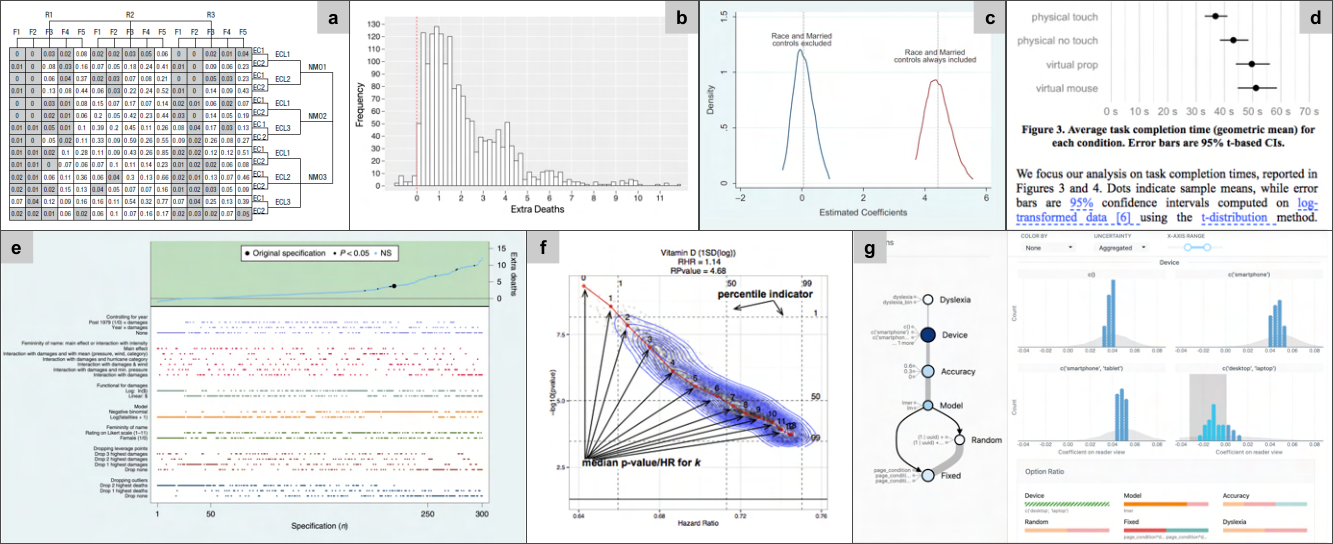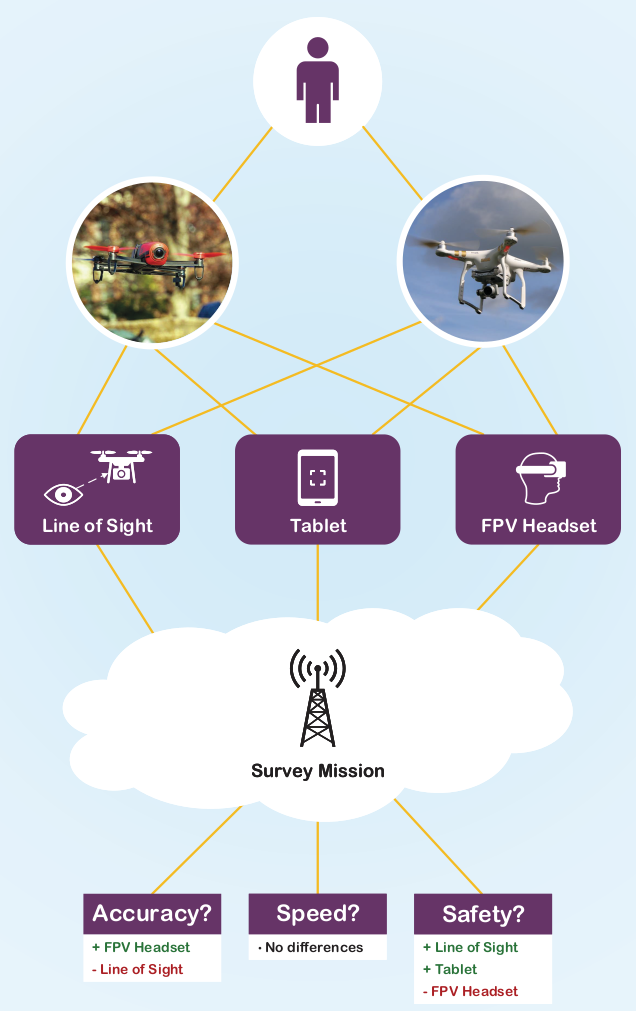
Brian D. Hall, PhD
- Application Development, Design, and Research
- Co-inventor of patented Tableau Gestures system (video clip of announcement, patent, UIST 2022 publication)
- 15+ years programming, most recently: JavaScript, R, C#, Python, SQL, Java
- Doctorate in Information from the University of Michigan (2023), advisors: Matthew Kay, Eytan Adar
- Graduate Research Fellow of the National Science Foundation
- Bachelor's in Computer Information Systems & Psychology from the University of Wisconsin-Stevens Point






